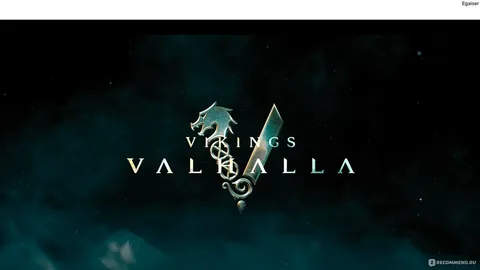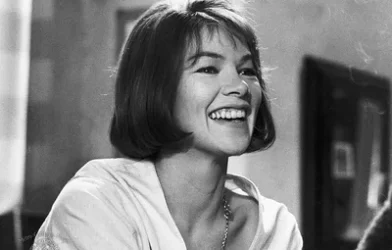Valhalla is one of the most iconic concepts in Norse mythology. Often depicted as a majestic hall located in the realm of Asgard, it is the resting place of warriors who died bravely in battle. Ruled over by the god Odin, Valhalla represents the ultimate reward for courage, honor, and sacrifice in war.
The word Valhalla comes from Old Norse “Valhǫll,” which translates to “hall of the slain.” According to ancient
In Valhalla, the fallen warriors, known as the Einherjar, were not idle. Each day, they trained and fought, sharpening their skills in preparation for the final battle at Ragnarok. Despite fighting fiercely during the day, their wounds would heal by evening. At night, they would feast in the grand hall, eating meat from a magical boar and drinking mead served by Valkyries. This eternal cycle of battle and celebration was considered a great honor.
Valhalla was not the only afterlife in Norse mythology. Another realm, known as Hel, was the destination for those who died of sickness or old age. Unlike Valhalla, Hel was not a place of glory but rather a neutral and often cold resting place. The contrast between Valhalla and Hel shows how deeply Norse culture valued bravery in combat.
Odin, the Allfather, played a central role in the concept of Valhalla. As the ruler of Asgard and the god of wisdom and war, Odin sought the best warriors for his army.. Odin’s desire to gather the strongest fighters was part of his preparation for Ragnarok, where the gods would face their ultimate enemies.
The image of Valhalla has left a lasting mark not only in ancient texts but also in modern culture. It appears in literature, video games, movies, and even in the names of military operations.
In literature, the concept of a warrior’s afterlife has parallels in many cultures, but Valhalla stands out for its focus on battle as a way of life even after death. The warriors do not simply rest; they continue to train, grow stronger, and prepare for a larger purpose. This gives Valhalla a sense of purpose beyond mere reward.
Interestingly, not all Norse warriors expected to go to Valhalla. The choice was not theirs to make. It was believed that only Odin could decide who was worthy. This element of fate added a layer of humility to the Viking warrior culture. No matter how brave or skilled a warrior was, their final resting place was ultimately in the hands of the gods.
The myths surrounding Valhalla were passed down through the Poetic Edda and the Prose Edda, two important sources of Norse mythology written in medieval Iceland. These texts preserved the oral traditions of the Viking Age and helped keep stories like Valhalla alive.
Valhalla also reflects the values of the Norse people. In a harsh and unpredictable world, where life was often short and violent, the idea of Valhalla offered a form of hope. It gave meaning to suffering and death in battle. Dying with a sword in hand was not just honorable—it was a path to eternal life among the gods.
Even today, Valhalla continues to inspire. It serves as a symbol of bravery, endurance, and the eternal spirit of the warrior.
In conclusion, Valhalla is much more than a mythological hall. It represents an entire worldview built around heroism, sacrifice, and the eternal struggle between good and evil. Rooted in Norse mythology, it continues to influence modern imagination and remains a powerful symbol of what it means to fight for something greater than oneself.













Comments are closed